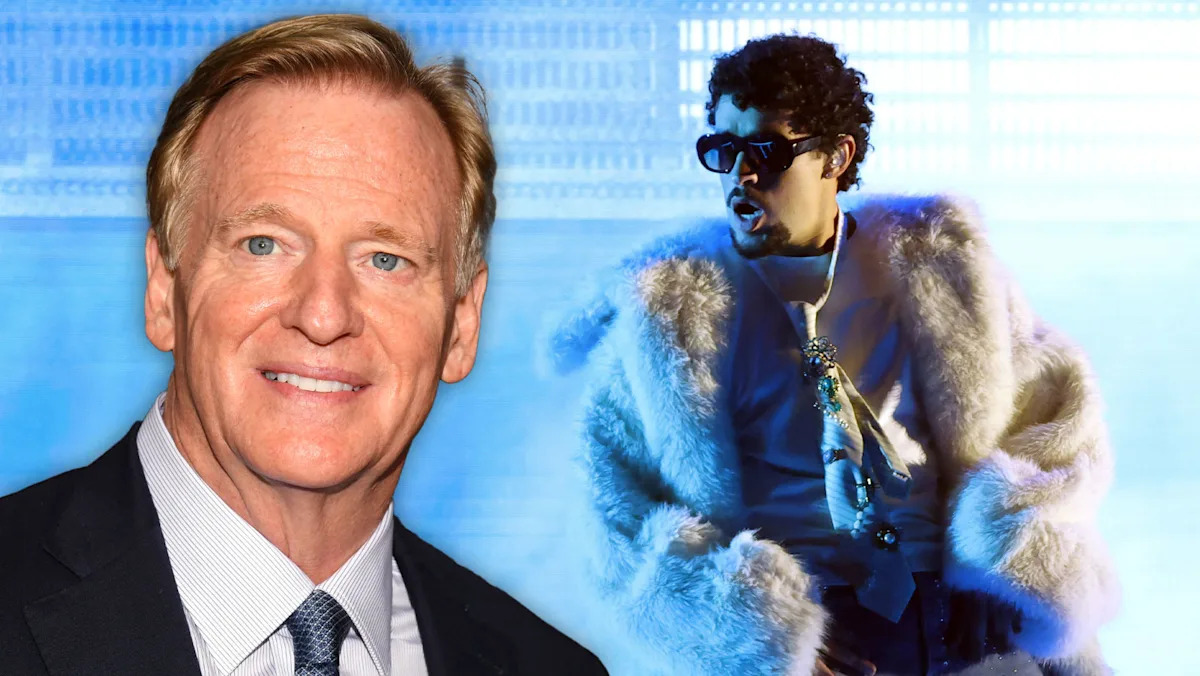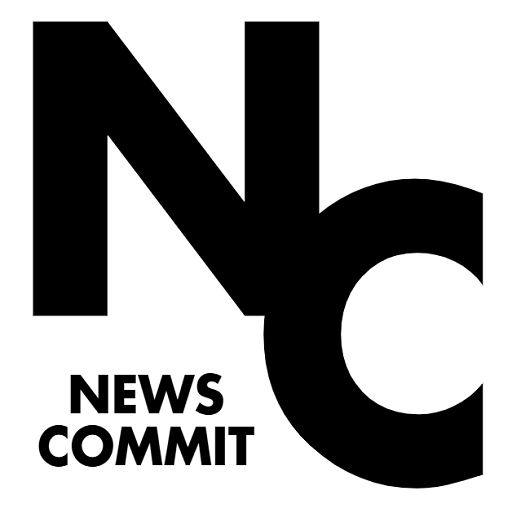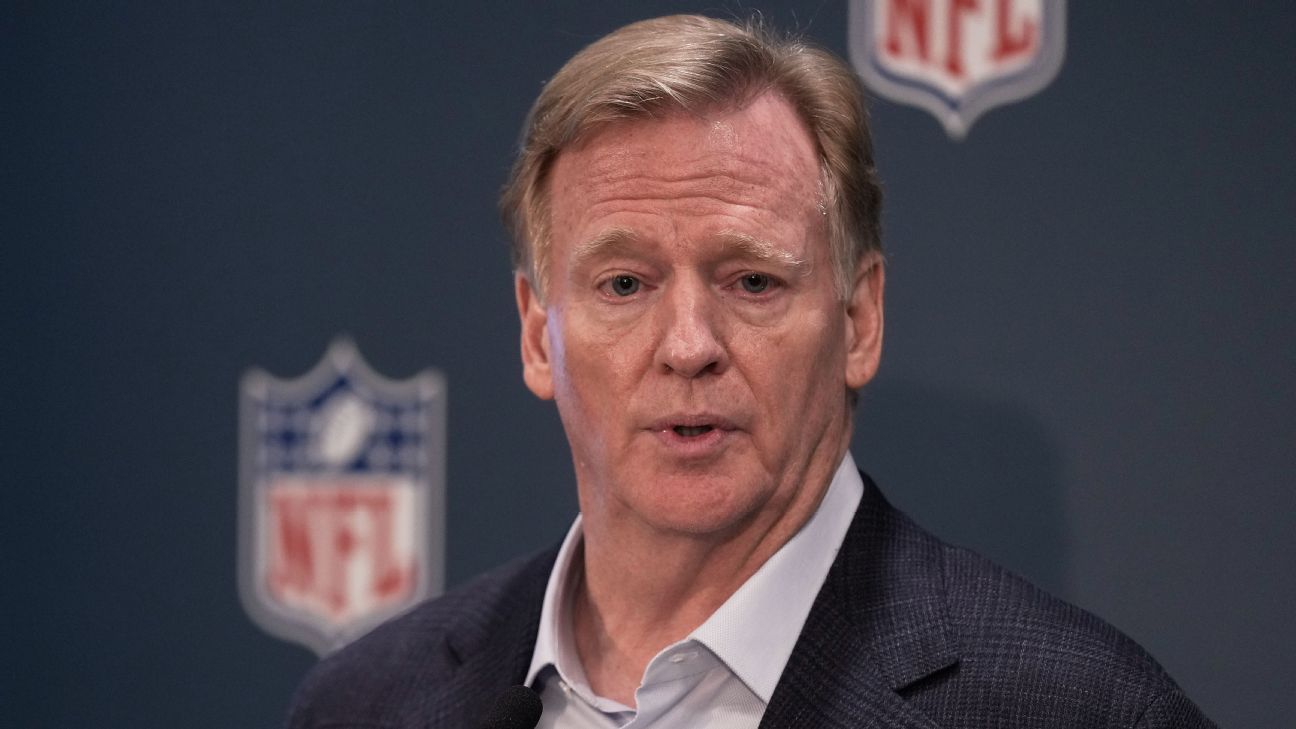NFL Commissioner Roger Goodell recently confirmed that Bad Bunny will be headlining the Super Bowl LX halftime show, despite facing backlash from conservative voices, including former President Donald Trump. Goodell defended the decision to feature the Grammy-winning artist, emphasizing Bad Bunny's immense popularity and the importance of providing high-quality entertainment during the highly-watched event. The announcement was made in late September and has since generated global attention, with increased streams of Bad Bunny's music and a mix of praise and criticism.
At the NFL's fall meeting, Goodell addressed the controversy surrounding the selection of Bad Bunny, highlighting that selecting a halftime performer that pleases a diverse audience of millions of viewers is always challenging and subject to criticism. The 31-year-old Puerto Rican artist, known for his outspoken political views and opposition to Trump's policies, is expected to deliver a memorable performance entirely in Spanish during the Super Bowl.
Despite Trump's disapproval of Bad Bunny as a halftime performer, Goodell stood by the decision, explaining that the artist's popularity makes him a suitable choice for the coveted slot. Goodell assured that the show would be captivating and foster unity among viewers. The event is scheduled to take place on February 8 at Levi's Stadium in Santa Clara, California, with details of potential additional talent yet to be finalized.
The controversy surrounding Bad Bunny's performance is not limited to opposition from certain political figures but also extends to the ideological battle over cultural representation and ownership. Turning Point USA, a conservative organization, made headlines when it announced an alternative "All-American Halftime" show to coincide with the Super Bowl, challenging the centralized and traditional concept of the halftime event. The move signifies a shift from monoculture to a more diversified and decentralized approach to entertainment.
The emergence of decentralized cultural expressions, epitomized by events like Turning Point USA's alternative halftime show, reflects a broader societal transition towards network-driven participation in shaping entertainment experiences. The concept of fandom as a one-way interaction has evolved into a collaborative and participatory ecosystem where audiences actively influence and co-create cultural narratives.
The rise of decentralized cooperation, akin to ancient models of collaborative communities, now manifests in digital networks like DAOs, facilitating self-governing collectives devoid of centralized authority. Turning Point USA's initiative not only challenges the mainstream cultural narrative but also illustrates how contemporary entities can bypass traditional gatekeepers to create and distribute content independently.
For brands and marketers, the evolving landscape of fandom and participation demands a paradigm shift towards designing interactive and inclusive experiences that engage audiences as active contributors rather than passive consumers. The transitioning dynamics of cultural engagement underscore the importance of adapting to decentralized systems where audience involvement drives creativity and narrative ownership.
As the entertainment industry navigates this transformative phase propelled by decentralized networks and participatory culture, the key to sustained relevance lies in leveraging collaborative design principles to resonate with diverse and engaged audiences. The era of passive fandom is giving way to a new era of active participation, where audiences wield significant influence over the direction and impact of cultural expressions.
In conclusion, the clash between traditional cultural frameworks and decentralized expressions epitomized by events like the Super Bowl halftime show and Turning Point USA's alternative performance represents a fundamental shift in how entertainment is created and consumed. Embracing this evolution and harnessing the power of participatory culture will be crucial for brands and entities seeking to thrive in a dynamic and interconnected cultural landscape.


